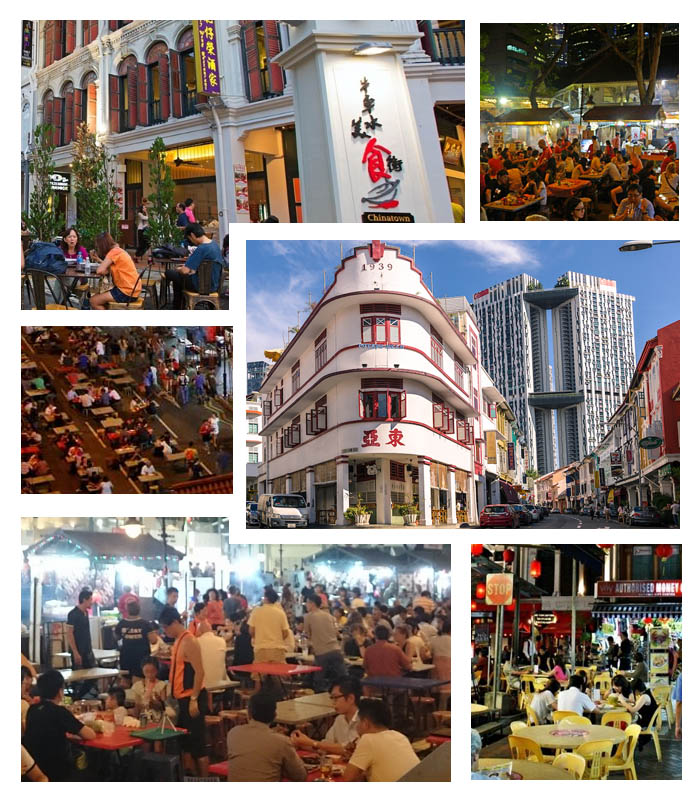From the Eastern world, comes the 5 Asian Power Foods. What power? Do they really make us powerful?
As the term suggest, they really do provide us with 'power' – the power to have a healthier choice of food.
(Note: the foods are not ranked).
Power Food 1
Real name: Glycine max
Nickname: Soya
Birth place: China
Ah, soya beans – the wonder bean. From it we get soya milk, tofu, soya sauce, fermented soya products (e.g.: Tempe), soya bean oil, soya protein supplements and vegetarian ‘meat’ (Soya is used to make meat substitutes for non-vegetarians).
Consuming soya is said to lessen the risk of developing heart attack and stroke. This is because the isoflavone-rich soya protein in soya can help lower total cholesterol and LDL (bad) cholesterol levels. It also increases HDL (good) cholesterol level. Antioxidant isoflavones in soya can prevent cancers of the breast, colon and prostate. Taking soy a can also reduce post-menopausal symptoms. The soyabeans protein and fibre will stabilize blood sugar level and lower high triglyceride level. This helps control diabetes, especially type 2 diabetes.
Power Food 2
Real name: Lentinus edodes
Nicknames: Shiitake Mushroom, Chinese black mushroom, Black Forest Mushroom
Birth place: South-western China, Japan, Korea, Borneo, Indonesia
A polysaccharide (beta-glucan) called lentinan in shiitake mushroom has anti-cancer and immune-regulating properties. The substance is widely used in Japan, as an additional treatment for cancer and AIDS. In traditional medicine practice, shiitake is used to treat colds, constipation, diabetes, gout, headaches and haemorrhoids.
Power Food 3
Real name: Zingiber officinale
Nickname: Ginger
Birth place: Tropical Asian countries
If you have to sit in a bus and being driven on a long winding road, having some dried ginger could help ease the 'head spinning effect' (nausea).
Native to tropical Asia, ginger roots (or rather rhizome) is a popular culinary spice. Besides tickling our taste buds, people have used ginger for relieving digestive complaints, vomiting, poor appetite, colds, cough and lowering high cholesterol levels. Gingerols, the anti-inflammatory compounds in ginger, can reduce osteoarthritis-related pain and slow down the development of colorectal and ovarian cancer cells. However, more studies are needed to validate this claim.
Power Food 4
Real name: Brassica rapa var. pekinensis (heading type) or var. chinensis (leafy type)
Nicknames: Chinese Broccoli, Chinese cabbage, kailan (Although kai-lan is often called ‘kale’ in English, but they are actually from different cultivar)
Birth place: China
Fancy some Korean kimchi? Did you know that kimchi is made from pickled Chinese cabbage? And it is high in vitamin B (pickled that is). This cruciferous vegetable has high levels of vitamin C, iron, phosphorus and potassium. The best thing is that it has only 14 kcal per 100 grams! Similar to other cruciferous vegetables, Chinese cabbage has glucosinolates (that will be broken down into indoles, isothiocyanates and sulforaphane) of anti-tumour properties. Pregnant women will benefit a lot from its high calcium and high folate contents.
Power Food 5
Real name: Camellia sinensis
Nickname: Tea
Birth place: China
Green, oolong or black – craving for a cup of tea anyone? Taoism founder, Lao-Tzu said that tea is the ‘elixir of immortality’. From the leaves of C. sinensis plant comes the globally-popular beverage named Tea.
Tea consumption has been linked to cancer-preventive properties, thanks to tea leaves’ antioxidant; polyphenols. Tea contains amino acid Ltheanine that helps calm the mind and promote alertness. Theanine can enhance anti-bacterial protein production, which will boost our immune system (to fight infection).
Drinking black tea will help you recover from stress quicker by decreasing stress hormone levels. Tea can also lower your cholesterol levels (especially green tea). Now, do not drink those bottled tea on supermarket shelves, as they are contained with lots of sugar. Brew your very own tea instead.
Until then,
Happy Reading!
Evelyn

